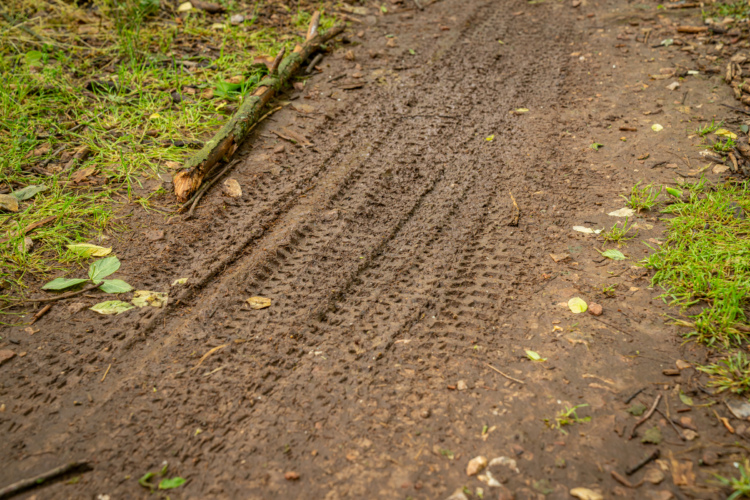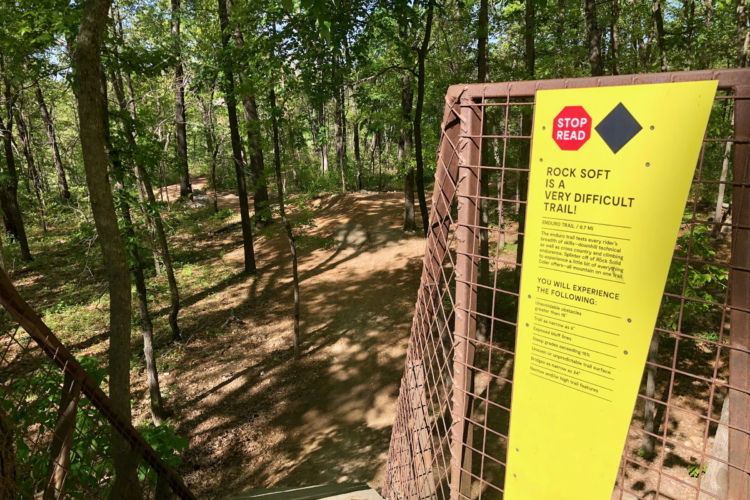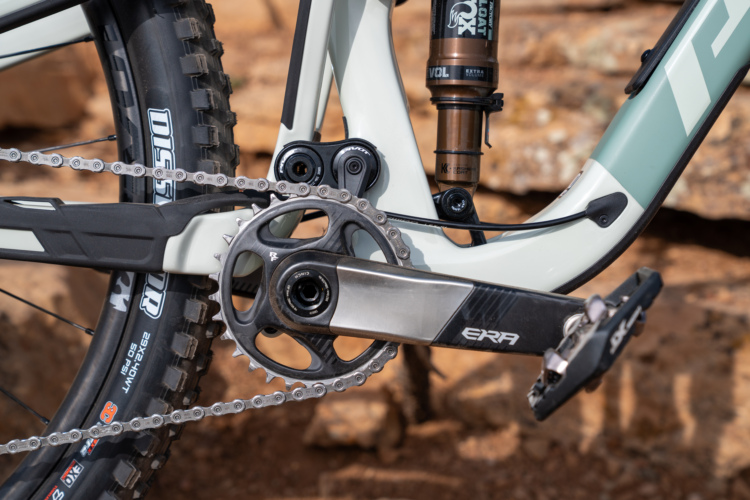
So, you’ve had your mountain bike for a while now and realize your fork is no longer sufficient. You’ve probably reached this conclusion in one of two ways. Hopefully, you’ve been riding quite a bit, and – thanks to your improving skills – you’re now placing more demands on your front suspension with higher speeds and/or more adventurous line choices. Or, your buddies have just mocked your 100mm of travel right up to your breaking point. Either way, the pressure to go long is real and you may be asking how do can I increase fork travel?
While you may be tempted to buy the biggest suspension fork with the burliest stanchions you can find, there are a few considerations to keep in mind when making an upgrade. Be sure to read this entire article to stay safe and avoid any surprises.
Travel trade-offs
You might save weight if you’re upgrading from a truly entry-level fork, but generally more travel requires longer stanchions that will result in a heavier part. As forks get longer, stanchions also increase in diameter to prevent the fork from flexing like a wet noodle.

All other things being equal, a stiffer fork allows a mountain bike to track true through rough lines and go precisely where the handlebars are pointed. If you want to keep weight down, a small bump in length – say an increase of 10mm, going from 140mm to 150mm – will produce an appreciable performance gain that comes with a minimal weight penalty.
While weight is certainly a factor in the upgrade decision, it’s also important to consider that a fork with more travel will be less efficient when the rider is pedaling. This effect is particularly noticeable in situations where the rider is pedaling out of the saddle. Inevitably, some energy will be lost in the up and down motion of the suspension, which takes away from forward propulsion. For racers, this compromise must be considered carefully.
Geometry changes
Besides factors such as weight, stiffness, and efficiency, riders will also want to think about how a longer fork will change the shape of the bike. As the fork gets longer, it raises handlebars up and slackens the head tube angle. As a rough estimate, each 20mm of travel added will correlate to a one-degree difference in the head tube angle.

Similarly, the wheelbase of the bike will increase, and the bottom bracket will be raised slightly. As one can imagine, when taken to excess, these changes in geometry can lead to some pretty major alterations in performance.
Handling
For the most part, the slacker the head tube, the more stable a bike will feel going downhill. A longer wheelbase has the same effect. All good, right? Well, everything has a downside. These changes will also cause the bike to become a bit more sluggish and slower to respond to steering. Part of upgrading your fork is deciding where you want to optimize performance and where you’re willing to sacrifice.
How much can you increase fork travel?
In general, bikes will happily accept forks that are up to 20mm larger than their designers intended. Feel free to go beyond that if you must, but be prepared for a bike that the manufacturer didn’t really intend to create. That doesn’t mean it will suck, but it’s just something to be aware of.

Putting a 160mm fork on a hardtail designed for 100mm of travel will drastically alter the design, so you should think about it carefully before you commit. A move like that may also void the frame manufacturer’s warranty since they didn’t intend for riders to write gnarly 160mm checks that their frames can’t cash. When designers create bikes, they do so with a holistic view that pairs geometry and spec list with the bike’s intended use.
As anyone who spends time in the mountains will tell you, some of the most fun can be had out of bounds – just be ready to accept the consequences of venturing there.





















13 Comments
Jun 19, 2018
May 15, 2021
Jun 2, 2021
Jun 19, 2018
Folks interested in adding a bit of travel up front can also do some research to see if their existing fork can be lengthened.
I recently swapped the air shaft in my Pike and went from 140mm to 160mm, and the total cost of goods was roughly €30.
Jun 19, 2018
Sep 8, 2019
This way you have all the advantages of a longer fork but retain more or less all characteristics of the bike the designer intended. It will not be exact but it will come close.
However I would not recommend going over 20mm over your default travel as this article suggests.
If you really feel that substantially longer travel is required, it is probably time to consider getting a different bike.
Oct 10, 2019
Oct 10, 2019
https://www.dirtlabs.com/fork-travel-change/
Jun 19, 2018
It's still a Reba fork but it's pretty well dialed in for the not so super gnarly trails I ride 99% of the time.
Jun 3, 2021
Jun 19, 2018
I tend to agree with this from my experiences
Feb 28, 2019
Jun 20, 2018
Now my own bike, a classic 2005 Cannondale Prophet, was designed around a 140mm lefty at about 520mm (ish) axle 2 crown. The bike has a max spec of 530mm a2c. Beyond that it could cause issues. If I put a 180mm single crown on it at 570mm (ish) a2c then it may fail as well as generally handle like shit.
So it is very possible to over fork a bike. Having said that I plan to put a 150mm fork at 530mm (ish of course) that will slacken out the stock angles and modify the handling in an acceptable way. There's room to play there within reason.
Respect frame specs and limits and have fun.